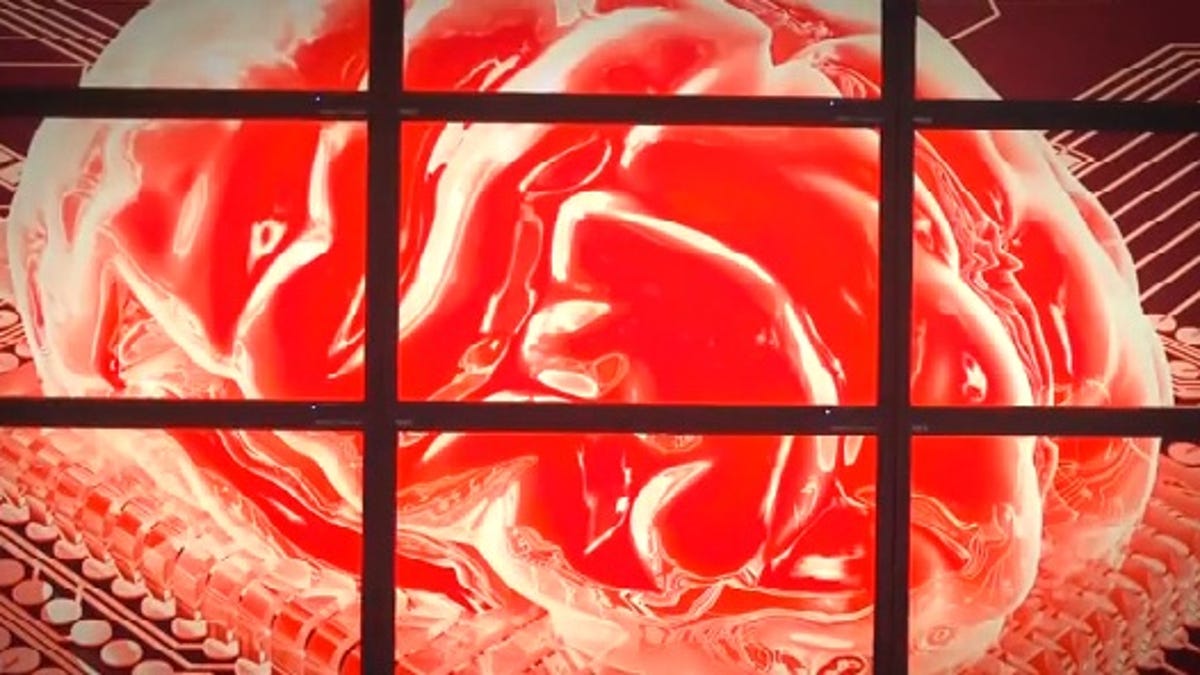IBM unveils computing architecture based on the brain
Company says its breakthrough could allow for a next generation of applications that mirror the brain's efficiency in perception, cognition, and action.

IBM scientists unveiled an all-new computing architecture on Wednesday that's based on the human brain.
In an announcement tonight, IBM Research said that its new software ecosystem was built to program silicon chips whose architecture is directly inspired by the brain's size, function, and minimal use of power. The company hopes that its breakthrough may support a next generation of applications that could mirror what the brain can achieve in perception, cognition, and action.
• IBM packs 128TB of flash into brain-simulating supercomputer
• IBM says new chip mimics the human brain
• IBM: Computing rivaling human brain may be ready by 2019
As such, IBM created a multi-threaded, massively parallel and what it said is a highly-scalable software simulator of the kind of cognitive architecture it imagines and which comprises a network of neurosynaptic cores.
As well, it created a highly parameterized spiking neuron model meant to be simple and digital, and which forms what it called a "fundamental information processing unit of brain-like computation" and "supports a wide range of deterministic and stochastic neural computations, codes, and behaviors." IBM said that such a network could potentially remember, sense, and even act upon a number of "spatio-temporal, multi-modal environmental stimuli."
In the long term, IBM's goal is to build a computer chip system featuring ten billion neurons and a hundred trillion synapses, it said, even as it uses no more than a kilowatt of power, and takes up less than two liters of volume. For all of that, it is using the brain as its model.

